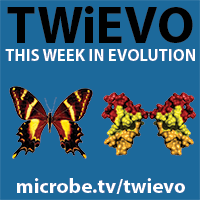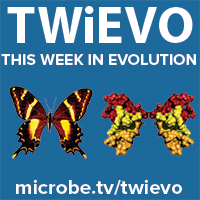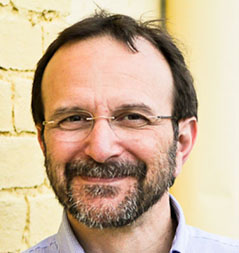Nels and Vincent explore a direct experimental test of Ohno’s Hypothesis, which states that gene duplication can help genes tolerate new mutations and thus facilitates the evolution of new phenotypes.
Nels and Vincent explain how deep genomics of macroalgae illuminate multiple paths to aquatic, photosynthetic multicellularity.
Nels and Vincent review the genetic basis for tail-loss evolution in humans and apes.
Rich Condit joins Nels and Vincent at the Science Mill in Johnson City, Texas, where Director of STEM Education Jeehyun Park talks about the goals of the childrens’ museum.
Nels and Vincent reveal how electric organ discharge from the electric eel facilitates the introduction of DNA into teleost larvae.
Nels and Vincent discuss how behavioural individuality determines infection risk in clonal ant colonies.
Nels and Vincent review a study of the key processes required for the different stages of fungal carnivory by a nematode-trapping fungus.
Nels and Vincent discuss how the rewetting of seasonally dried soils, a critical event in Mediterranean grasslands that reactivates dormant soil microorganisms, leading to pulses of carbon and nitrogen mineralization, and is accompanied by a bloom of viral diversity, followed by extensive viral community turnover.
Nels and Vincent take apart an amazing symbiosis consisting of two bacteria, one bacteriophage, and seven different genomes all within a single-celled alga.
Nels and Vincent review a collision of synthetic biology and experimental evolution, using a minimal synthetic bacterial cell with only 473 genes, the smallest genome of any known organism that can be grown in lab culture.




